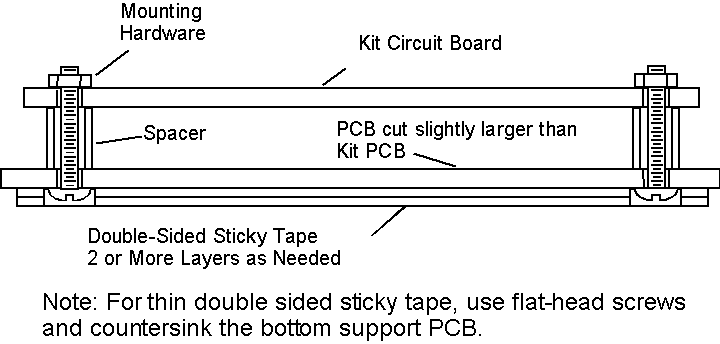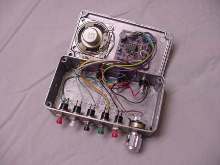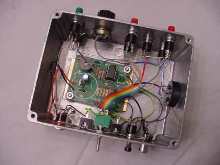Favorite Keyer Projects
Back to Contents
| Code Boy Pup | My first modern electronic keyer built from a kit. I reviewed it in the ARCI QRP Quarterly a few years ago. | 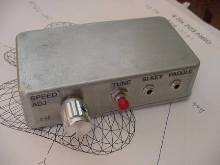 |
| Front controls above right and inside wiring. | 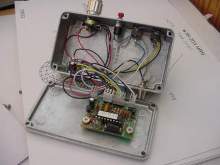 |
The Code Boy Pup is a non-memory keyer built in a Hammond cast aluminum enclosure. This is a basic keyer and does a good job if having memories is not a consideration. See the Code Boy Pup website for more details. |
| PK-3 Keyer | My second modern keyer built from a kit. This one is a memory keyer with several nice menu options including beacon mode and does a great job with basic keying functions. The PK-3 does not have non-volatile memory as does the newer PK-4 from Jackson Harbor. | 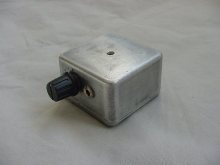 |
| The PK-3 is shown with the Vibroplex Code Warrior Junior. The Code Warrior was originally a paddle kit from NorCal. | 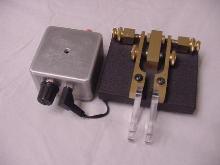 |
A PK-3 from Jackson Harbor is my second keyer built in a 2x2x1-1/4 Hammond enclosure. This was done just to see how compact it could be done. Speed control and paddle jack are on the front. Power, command button, and the RCA jack connection to the rig are on the back. The piezo speaker is mounted under the hole in the top. Beacon control is the primary use of the PK-3 these days. |
| K1EL K10 Keyer | My first K1EL keyer was the K-10. Similar command set to the newer K-12. I built this one in a smaller Eagle enclosure and only used 3 of the 5 available K-10 memories. The K-10 kit is no longer available being replaced with the K-12. The optional speaker driver parts were added and a 2 in. speaker was used for the sidetone. More volume than needed but great for code practice. | 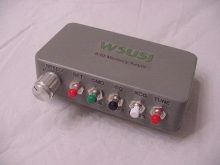 |
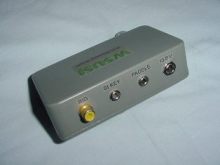 |
|
|
| The K-10 PCB is mounted on the box bottom panel along with the sidetone speaker. Back panel includes power, paddle and rig connectors. The K-10 chip was replaced with the newer K-12 which has non-volatile memory. The upgrade required the addition of a pullup resistor on the K-10 PCB. | ||
| Super K12 Keyer | K-12 is a revision and upgrade of the K-10 with a revised and extended command menu. My version of the K-12 is built in a roomy Eagle cast aluminum enclosure. The PCB is mounted without drilling holes in the enclosure. Scroll down to see the drawing. |
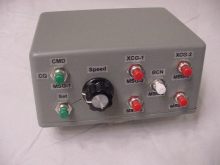 |
| Views are: Top rignt - front panel, Lower left - back panel, Lower right - inside view. | 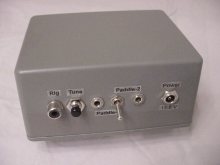 |
|
| All the operating controls are on the front including buttons for command, speed set and 6 memories along with the speed control. The white button is dedicated to a beacon message. The back panel includes a power jack, paddle jacks switchable for two paddles, the tune/spot button and the RCA output jack to the rigs paddle jack. The tune/spot button is connected across the RCA jack. See the K1EL site for more details. | ||
| NorCal Keyer | This is the NorCal keyer kit built in an Eagle cast aluminum box. Iíve recently changed the NorCal keyer chip to the latest PK-4 keyer chip from Jackson Harbor. The PK-4 provides many more features and functions along with non-volatile memory. BTW, the finish on Eagle cast aluminum boxes is nicer than Hammond boxes. Eagle cleans up the sprues and gates. |
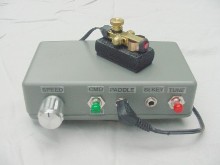 |
| The little paddle on top is one of Dennisí Te-Ne-Keys that I won at ArkieCon a couple of years ago. | 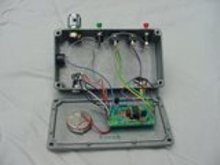 |
Lots of room inside. The internal battery can be connected for portable use by plugging it in in place of the regulator. I replaced the supplied 3-terminal regulator with a Seiko low current (ĶA) version. The keyer will run for a year or more on an external 9V battery. |
Schematic of the NorCal Keyer
as-built
with peripheral parts shown in the pictures above.
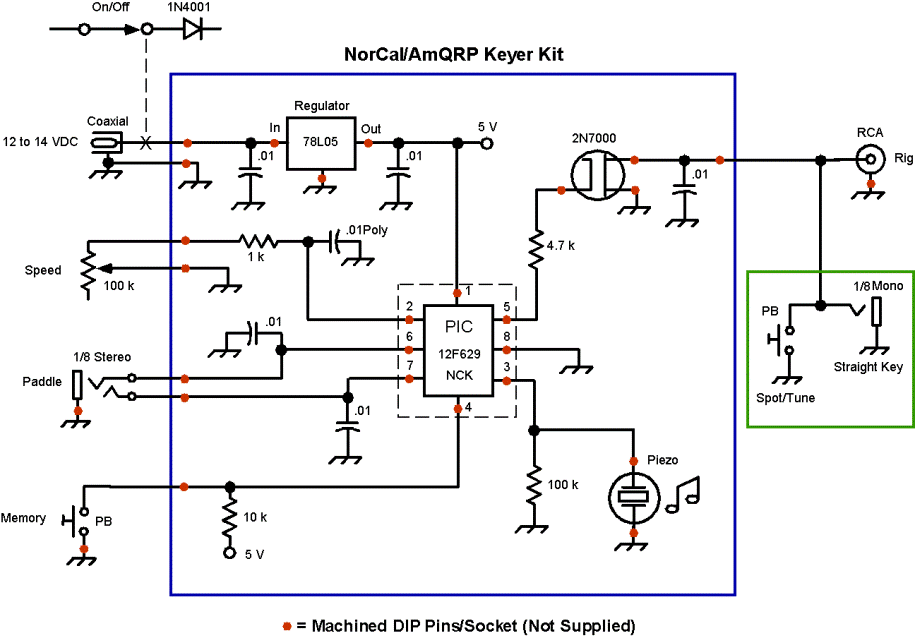
No Holes Mounting Scheme Used with the K1EL K-12 Kit Mounting
